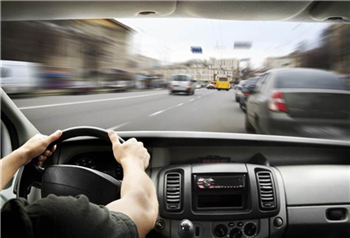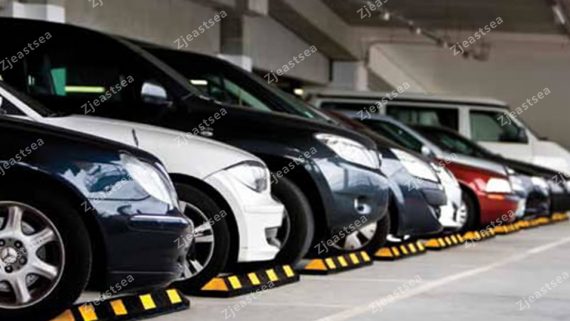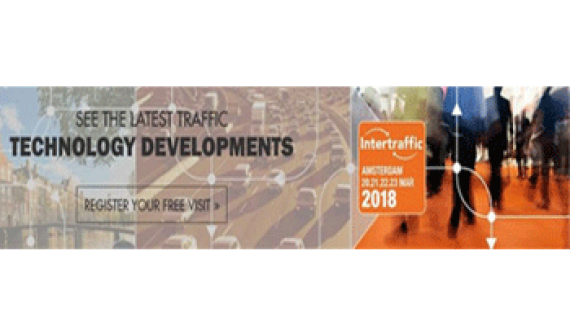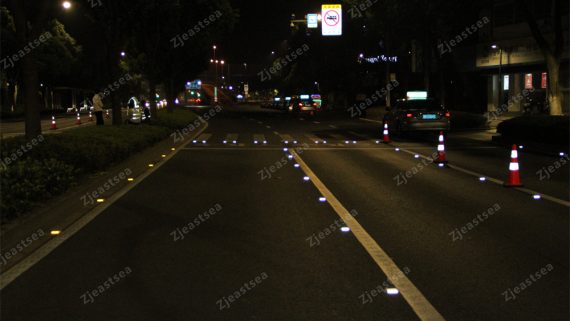2019 Traffic Safety Culture Index
Introduction
The 2019 Traffic Safety Culture Index reveals that drivers in the United States value travelling safely and seek strengthening laws that ensure safer roads. They perceive distracted, drowsy, aggressive, and impaired driving as dangerous. This year’s survey, however, continues to highlight the discordance between drivers’ attitudes and their reported behaviors. For example, many drivers noted the serious dangers associated with talking on handheld cellphones while driving, however, they also admitted to having done so in the past month prior to the survey. Additionally, this report presents how drivers’ behaviors differ in relation to their self-reported crash involvement.
Key Findings
Distracted Driving Behaviors
A majority of drivers view typing (96.2%), reading (94.3%), and talking (79.7%) on a hand-held cellphone while driving to be very or extremely dangerous. In contrast, only 22.5% perceive the use of hands-free technology of their phone, such as Bluetooth or CarPlay, while driving to be very or extremely dangerous.
More respondents believe drivers’ risk being caught by the police for reading (43.7%) or typing (42.7%) a text/email on a hand-held cellphone than they do for talking on a hand-held cellphone (40.6%).
A majority of drivers support laws against distracted driving, with over 76% of drivers supporting a law against holding and talking on a cellphone and about 86% of drivers supporting a law against reading, typing, or sending a text or email while driving.
Nevertheless, 43.2% drivers report having driven while talking on a hand-held cellphone at least once in past 30 days. Fewer respondents enganging in distracted driving by reading (38.6%) and typing a text/email (29.3%) on a hand-held cellphone while driving.
Drivers involved in one or more crashes in the past two years are significantly more likely to engage in any type of self-reported distracted driving behaviors.
Drowsy Driving Behaviors
About 96% of drivers identify drowsy driving as very or extremely dangerous. However, only 29% think drowsy drivers risked being caught by the police.
Over 97% of drivers socially disapprove of drowsy driving.
Despite high rates of perceived danger and social disapproval regarding drowsy driving, about 24% of drivers admit to having driven while being so tired that they had had a hard time keeping their eyes open, at least once in past 30 days.
Aggressive Driving Behaviors
More than half of drivers (55.1%) indicate that speeding on a freeway is dangerous, while about 64% of drivers perceive speeding on a residential street as dangerous.
Over 65% of respondents think that the police would catch a driver for driving 15 mph over the speed limit on a freeway, yet 48.2% report having done so in the past 30 days.
Over 86% of drivers report speeding through a red light to be very or extremely dangerous, and 52% of drivers think that the police would catch a driver for running a red light.
Drivers involved in one or more crashes in the past two years are significantly more likely to engage in any type of self-reported aggressive driving behaviors.
Impaired Driving Behaviors
Most drivers (94%) perceive driving after drinking as very or extremely dangerous. However, almost 10% admit to having done so in the past 30 days.
Nearly 70% of respondents consider driving shortly (within an hour) after using marijuana to be very or extremely dangerous. However, 91% of drivers socially disapprove of driving shortly after using marijuana.
Most drivers (88.3%) indicate driving after using potentially impairing prescription drugs as very or extremely dangerous. About 47% of drivers consider that drivers driving after using potentially impairing prescription drugs would be likely to be caught by the police.







